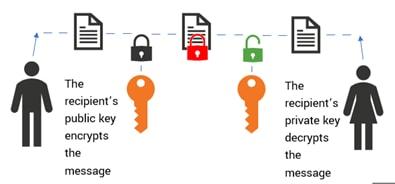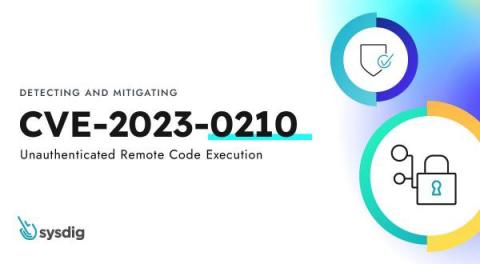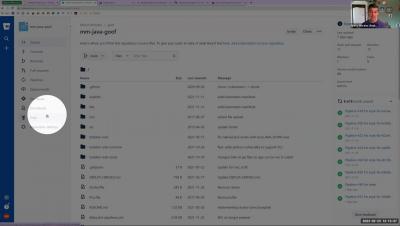Post-Quantum Cryptography & Preparing for Post-Quantum Encryption (PQE)
Quantum computing is an emerging technology that, in due time, will enable amazing power for humanity. With good comes bad. Bad actors are likely to harness quantum computing to distrust, steal or cause harm — threatening our global ways of living and working. We must help federal agencies and commercial enterprises to build quantum safety and quantum resilience against a worst-case scenario. Fortunately, the threat is being recognized. On December 21, 2022, the U.S.











